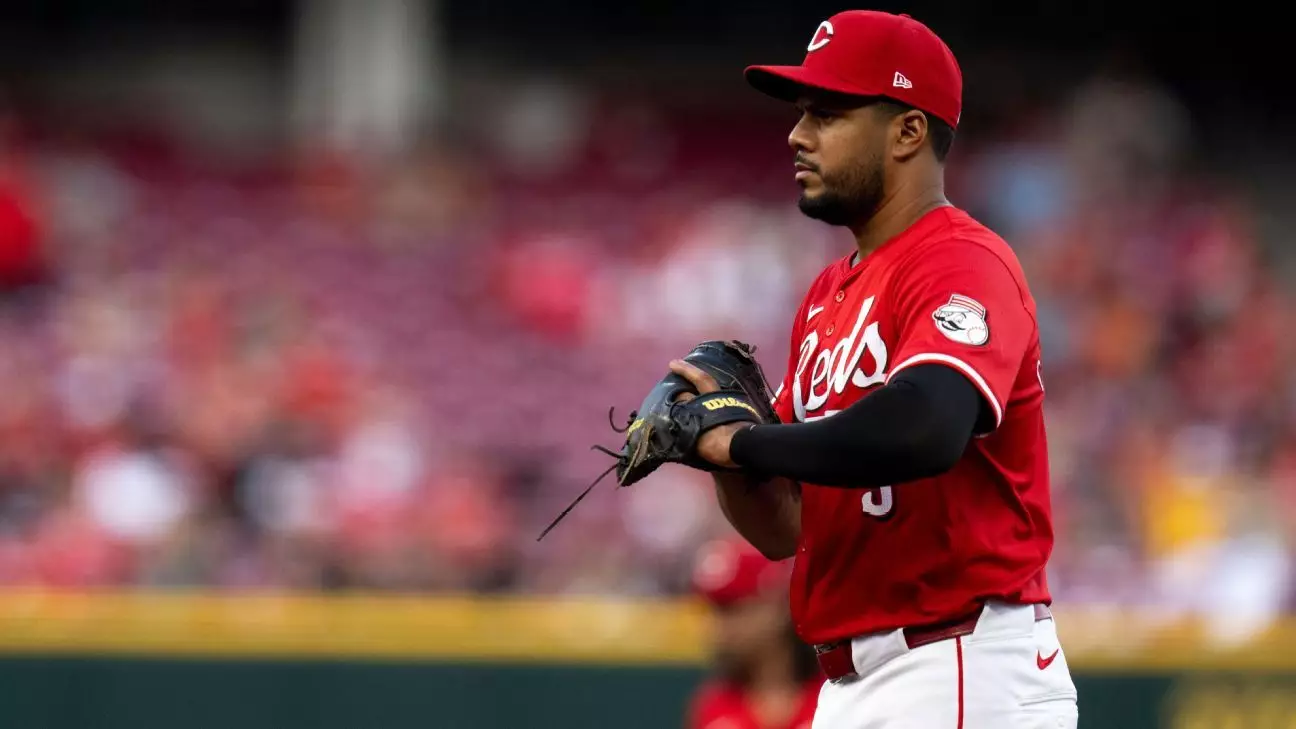In a surprising turn of events, the Cincinnati Reds have decided to part ways with Jeimer Candelario, a player who was once viewed as a key asset after signing a substantial three-year contract worth $45 million. This decision, made public with his reinstatement from the injured list, raises questions about the organization’s strategy and the value placed on long-term contracts in an ever-evolving season. The Reds’ president of baseball operations, Nick Krall, described the move as a necessity in their quest for victory, emphasizing that past investments should not hinder the team’s immediate competitiveness.
The Reality of Performance in Professional Baseball
Candelario’s journey with the Reds showcases the harsh realities of professional sports where performance dictates longevity. Prior to his injury in late April, he maintained a dismal batting average of just .113. Even during his rehabilitation stint, where he played for close to three weeks in the minor leagues, he could manage only a modest .238 batting average. Such statistics reveal a player struggling to meet expectations and raise the question: how long should teams wait for a player to regain form before moving on? For the Reds, the answer became clear as they chose to pivot towards the future instead of clinging to a costly commitment.
The Shift in Focus to Young Talent
By designating Candelario for assignment and focusing on emerging players like Christian Encarnacion-Strand, Noelvi Marte, and Spencer Steer, the Reds are signaling a strategic shift towards youth and potential. This decision could be perceived as a significant gamble, but it also reflects a forward-thinking approach in a league increasingly dominated by youthful energy and innovation. The Reds appear to recognize that the path to success lies not in nostalgia for past contracts but in nurturing new talent that promises a sustainable future.
Lessons Learned from Candelario’s Tenure
Candelario’s case serves as a critical lesson in roster management and the financial implications of large contracts in sports. It encapsulates the dilemma faced by many franchises: how to balance investment in established players while remaining agile enough to adjust as seasons unfold. For teams like the Reds, the priority should always be aligning players’ performance with organizational goals. The previous season saw Candelario hitting 20 home runs, but those numbers were overshadowed by an alarming strikeout rate of 117 in just 112 games—a pattern that illustrates the difficulty in predicting player performance and the risks of long-term contracts.
Looking Ahead for the Reds
As the Reds navigate their way through this transitional phase, the decision to release Candelario might just catalyze a wave of change that could redefine the team’s identity. It opens up opportunities for fresh talent to emerge and prove themselves in crucial positions, reinforcing the notion that adaptability is vital in professional sports. The Reds may very well emerge stronger from this setback, proving that sometimes, letting go can pave the way for newfound prosperity. Embracing youth and potential over past commitments could be precisely what Cincinnati needs to position itself as a formidable contender in the years to come.


Leave a Reply